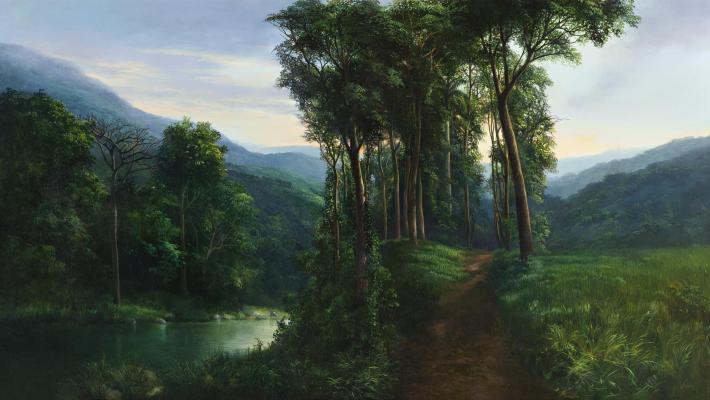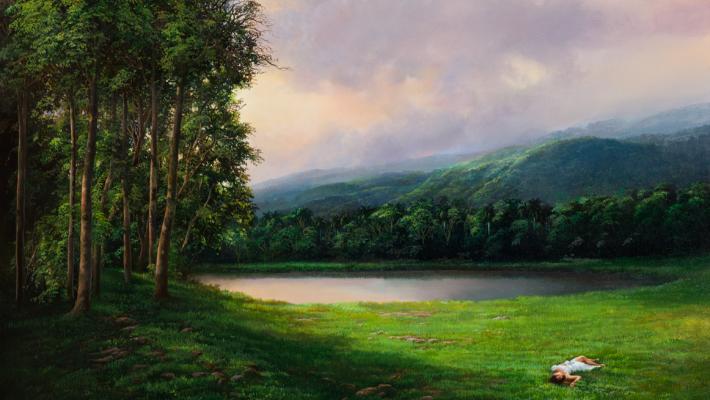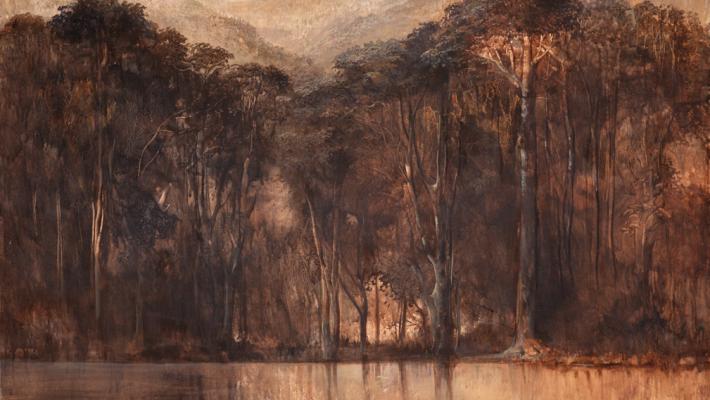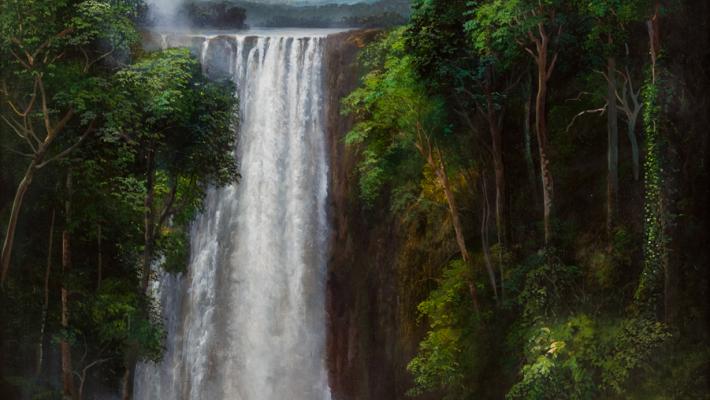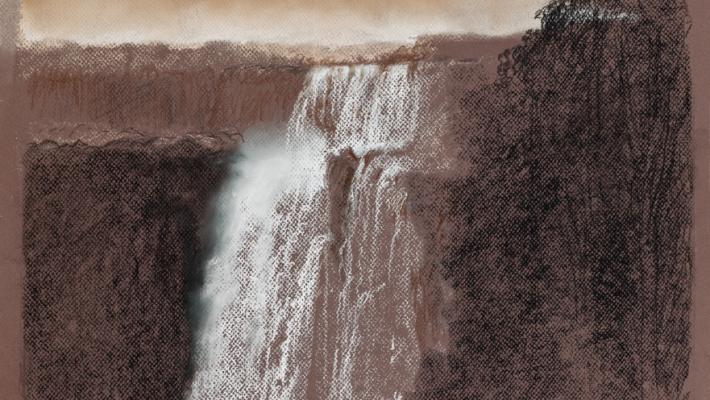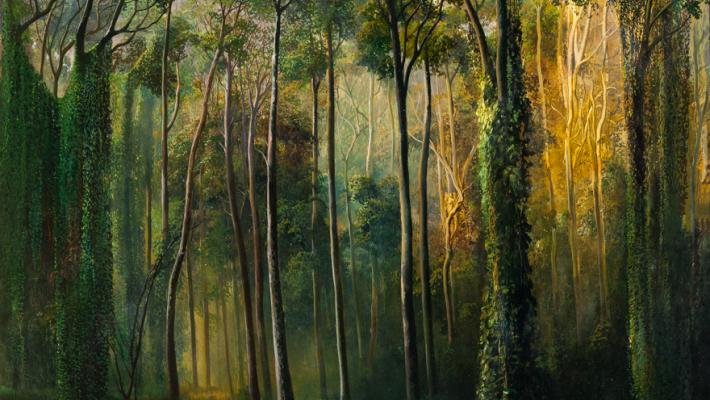Ania Toledo
Ania Toledo, Cuban plastic artist, graduated in 1993 from the Centro de Arte de Ciego de Ávila.
Ania recreates with sharpness the luminosity and the tonal gradations that are produced from certain hours of the day or states of the time. She has a special ability to carry out the combination of ochre and green colors, which gives her landscapes a sui generis atmosphere.
He completely departs from this type of landscape of suggested, insinuated brushstrokes; he skillfully outlines the vegetation; he painstakingly traces the structures of the branches, of the trunks; he reproduces with incredible verism the pencas of the palms, the creepers, the leaves, and he does it almost in the manner of the old explorers and botanical masters.
There is a series of floral studies that the artist has been developing at her discretion in her atelier, using small and medium formats, which are the strongest indication of that ability to capture the particularities of nature, to put into practice that notion of the part for the whole, which characterizes her landscape work.
His landscapes are not based on the simulative use of tradition, they are not ascribed to the idea of a questioning of the paradigmatic or symbolic, but they are shown as pretexts of an intimate, stealthy escape, which becomes sufficient, in addition, with the complicity of the other's eye.





